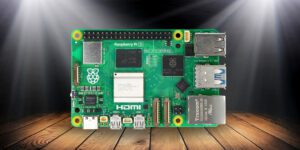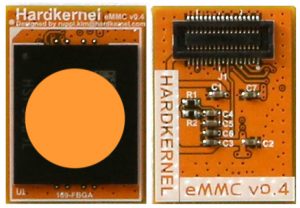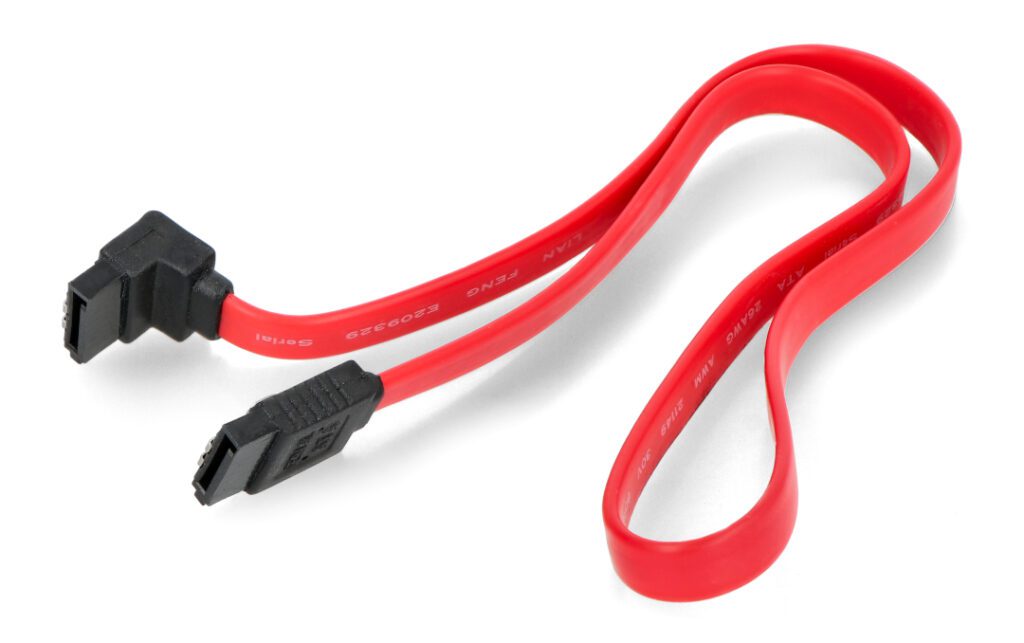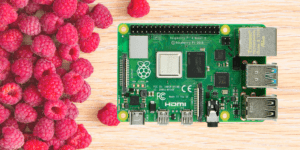Spis treści:
- 1 It happened recently - the premiere of the Raspberry Pi
- 2 When is the new Raspberry Pi 5 coming out?
- 3 Information - Raspberry Pi 5
- 4 Raspberry Pi 5 - built-in eMMC memory
- 5 Raspberry Pi 5 - SATA port
- 6 Reduced lithographic process, i.e., lowering the technological process
- 7 Raspberry Pi OS - which operating system?
- 8 Increased Performance
- 9 More Efficient Cooling
- 10 Connectors for External Devices
- 11 Power Supply
- 12 Your Views on Raspberry Pi 5
We always want the results to meet the expectations placed in actions. One way to avoid disappointments is to clearly present the requirements and hopes. Let’s distinguish one from the other today and take a look at what Raspberry enthusiasts desire.
It happened recently - the premiere of the Raspberry Pi
Recently, we were able to enjoy a new camera for the Raspberry Pi, a series of additional materials, and finally, the Raspberry Pi 4. The community’s reception was positive, but there was a lingering feeling of wanting more – everyone’s anticipation for the Raspberry Pi 5 was evident, as well as that burning question…
When is the new Raspberry Pi 5 coming out?
The Raspberry Pi Foundation does not readily reveal its intentions. Fans on the raspberrypi.org forum note that the fourth “berry” also appeared unexpectedly. Speculations are even met with reluctance. PR is silent. The blog is quiet – or covers different topics. However, forums are buzzing with phrases like ‘raspberry pi 5 release date’, ‘raspberry pi 5 when’, and similar. As a result, it’s hard to even guess when we will get the new Raspberry Pi.

In the September and October issues of the MagPi magazine, there’s neither sight nor sound of Raspberry Pi 5. Of course, we still enjoy the RPi 4, delving into its applications and the gadgets and official Raspberry Pi accessories presented for it.
However, it’s hard to blame fans for their heightened hopes, speculating and discussing what awaits us with the RPi 5. What should we expect at all?
Will there be a Raspberry Pi 5?
Information - Raspberry Pi 5
It will actually be easy to gather – so far, no official details have been released that would suggest the Raspberry Pi 5 is close. This only fuels the appetite more. Any potential irritation always gives way to discussion and anticipation.
This leads us to the only natural direction this could go. It’s a collective pondering over whether in the new Raspberry we will get what we are expecting. Let’s take a look at what the community surrounding RPi indicates.
Raspberry Pi 5 - built-in eMMC memory
One of the often mentioned, if not the most frequent, ideas for enhancing the Raspberry Pi 5 is the built-in memory, e.g., eMMC memory. How would an SSD differ from eMMC in the context of the new RPi 5, both functionally and beyond specification differences?
First and foremost, we wouldn’t need an SD card. eMMC memory would also offer larger capacities (e.g., 128 GB) and faster write/read speeds. Another usability criterion is the fact that they don’t wear out as easily as SD cards.
Raspberry Pi 5 - SATA port
Serial ATA (Serial Advanced Technology Attachment, SATA) is a serial communication interface with mass storage devices.
Among its benefits in the context of the new RPi would certainly be that it’s extremely useful when building NAS (data servers). Additionally, it would facilitate the easy connection of devices such as optical and tape drives. SATA often appears in the fans’ expectations – we’ll return to this later.
Reduced lithographic process, i.e., lowering the technological process
Everyone agrees that the new Raspberry Pi 5 mini-computer should be equipped with a processor made in a lower technological process. This would increase the performance of the ‘berry’ and reduce its appetite for electrical power. These two factors should theoretically translate to lower amounts of heat dissipation, but as we know, theory can diverge from practice, and the denser packing of elements combined with the small board size might result in higher TDP than in the case of the 4B version.
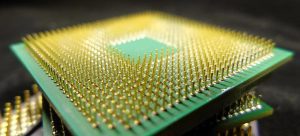
And here it’s worth mentioning… a potential introduction of new cooling. This is also extremely important, especially since the previous RPi 4 had overheating issues.
Raspberry Pi OS - which operating system?
It’s worth pondering what operating system for the Raspberry Pi 5 mini-computer would be best. The dream operating system remains the potential Raspberry Pi OS (formerly: Raspbian) in a 64-bit version. It would be lovely to see it on RPi 5 once it moves out of the beta phase. Currently, using the 32-bit system is recommended.
Increased Performance
From the beginning of its operation, the Raspberry Pi Foundation has been equipping its mini-computers with SoC circuits from Broadcom Incorporation, with the exception of the Pi Pico model, which is based on the proprietary microcontroller RP2040. The latest of the “full-sized raspberries”, i.e., Pi 4B, is based on the SoC Broadcom BCM2711 system, which includes a 64-bit main processor based on four Cortex-A72 cores, integrated with the NEON VFPv4 unit responsible for floating-point computations, and also the Video Core VI graphic system. It’s unlikely that the successor to the “4B” would feature an SoC from a different manufacturer, however, it would certainly be beneficial if it incorporated a processor with a clock at a higher frequency, i.e., at least 2.0GHz. We also expect an increase in RAM capacity to 16GB and replacing LPDDR4 SDRAM technology with a more efficient one, with shorter access times.
More Efficient Cooling
There’s no doubt that increasing the computing power in the fifth version of the “raspberry” and lowering the lithographic process below 28nm would consequently require correspondingly more efficient cooling, especially under increased processor load. The solution to this problem is the installation of an additional heatsink and/or fan, although here the PCB would have to be designed in such a way that the assembly of components supporting cooling would allow heat dissipation from as much of the total board surface as possible. The new cooling system affects not only the relief of the computer but also increases its lifespan.
Connectors for External Devices
With the design of the Raspberry Pi 4B board, the creators proved that so much can fit on such a small board. This refers not only to the computational power of the used semiconductors but also to the set of connectors, which in its functional capabilities, is even closer to typical desktop PCs. In addition to the previously mentioned proposals for changes regarding adding SATA connectors, in the fifth generation of Raspberry Pi, it would be good to take another step forward and equip it with full-sized HDMI ports. This is because connecting and disconnecting monitors to the micro HDMI sockets in Raspberry Pi 4B, due to the need to use adapters, can be somewhat tedious in the long run. Moreover, in the Raspberry Pi 4B, connecting a single 4K monitor enables 60 FPS display, but connecting two such monitors cuts this speed in half. At this point, it would be worth modifying the hardware responsible for graphics so that connecting two 4K monitors still allows us to enjoy a 60 FPS playback. However, the 40-pin GPIO set should remain unchanged, both in terms of pitch and connector layout, to maintain backward compatibility with Raspberry Pi HAT overlays.
Power Supply
Raspberry Pi 4B is the first mini-computer in the history of the Raspberry Pi Foundation, in which a USB Type-C port was used to connect power – the type that is standard equipment for almost every mass-produced mobile device based on the Android system nowadays. Progress in technology in the field of mobile devices also included the area of charging and efficiency of battery energy consumption. Fast charging technologies have emerged, such as Quick Charge or Super Charge. However, you can still purchase older types of chargers that do not support these technologies. And here lies an essential problem – in Raspberry Pi 4B, connecting some older types of chargers without the device type recognition system by the charger led to supplying a voltage significantly higher than 5V to the power input. This resulted in damage to the power system on the Raspberry Pi 4B board, and in extreme cases, even burning out the SoC system. On the other hand, on an optionally attached display, a message sometimes appeared, informing the user to check the power supply, allegedly due to insufficient current efficiency, even when connecting a power supply that met the manufacturer’s declared minimum requirements. We therefore expect that in the fifth version of Raspberry Pi, this problem will be resolved, and the message to check the power source will appear only when the power management system detects excessive power consumption.
Your Views on Raspberry Pi 5
We conducted a small survey – based on the question we asked our fans on Facebook about what they expect from Raspberry Pi, we can discern certain hopes. Many of you pointed out better cooling, an integrated battery with the possibility of replacement, or switching to a connector for m.2 cards. Some also indicated the need for full-size HDMI or specific parameter combinations, such as the aforementioned m.2 and 4 x USB 3.0. And almost everyone is waiting for the SATA connector. We also asked you about eMMC memory, and many of you supported this feature.
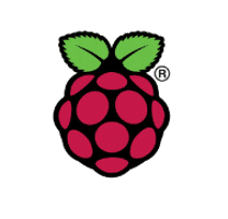
All that remains is to wait. However, you can be sure that Botland will inform you about everything. As soon as we find out something, the speculations will take on a completely different dimension. Who knows, maybe soon we will be operating based on specific information.
How useful was this post?
Click on a star to rate it!
Average rating 5 / 5. Vote count: 1
No votes so far! Be the first to rate this post.

